Fly fishing for pike certainly seems to have been a popular in central Europe during the late middle ages
Fly fishing for pike certainly seems to have been a popular in central Europe (areas like Bavaria) during the late middle ages, but as we can see, British writers, from those days, thought just the opposite.
This view changed in the early nineteenth century, probably because salmon fishers took pike occasionally and found out what a sporting quarry they made in winter and spring. This interest resulted in pike flies being available for sale at the end of the eighteenth century from tackle-makers, in London. But first things first.
Approximately 1500 - "Tegernsee Fishing Advice"
This is a fifteenth-century Bavarian manuscript, translated into English by Professor Richard C. Hoffmann, and called "Fishers' Craft and Lettered Art" (Tracts on Fishing from the End of the Middle Ages)
Monks and peasants share responsibility for a text known only from thirteen leaves of a single manuscript volume. It is not a whole book, not a booklet, and not even titled; an accurate label is simply "Tegernsee Fishing Advice”.
It included flies for catching several species of European freshwater fish, but the way the flies were tied and some of the terms used (like "stingel") are not clear in their meaning.
When it is very hot in summer, then the line is good early and late and around midday. Than it is also good on the lake at both places, made to sink with little lead on it so that it goes down and behind it the hook. But if you want go on flowing water that is large, then take the lead off of the line when it is the carp run like after Easter. And if it is pike run, it is also good to work like that (without weight).
In the manuscript follow 15 short fly recipes for current line, the pike fly stay on the second position.
If you take a look on original German text from 15th century, its obvious, you are probably not going make any better translation than Professor Hoffmann did.
At the and of the book there is long analysis of words like "stingel" and the meaning of "heart", but after reading this, I was even more confused.
So the resulting fly is tied with great deal of guesswork.
Tereza Ščerbová
1801 - "Rural sports" Daniel William Barker (1753-1833)
This is for the first time, when in a book appears pike fly, lately know as "Common Peacock’s feathers pike fly". It will be first and very often only pike fly in books for next almost 100 years. Maybe because pike catched on a fly, will be classified rather as a "fancy bait" for the same period of time by most authors.
W. Meikle’s 1897 painting of the Kenmure pike. The gaff is captioned "Gaff which hauled him out" And the rod is labeled "The rod which caught the Kenmure pike 72 lbs caught 100 years previous to 1896."
Another way of taking pike is with an artificial fly: many have asserted that they are not to be caught at all with a fly, but as convincing proof to the contrary, the engraving of the skeleton of the head of a pike is given, which is the biggest taken by a line, or perhaps ever known in this country, and which was caught in Loch Ken, near New Galloway, in Scotland, with a common fly, made of Peacock’s feather, it weighed 72 pounds (caught 1774 by John Murray,The fish has later been referred to as the "Kenmure pike"), the skeleton of the head is at Kenmore Castle.
The pike Fly must be made upon a double hook, fastened to a good link of gimp and composed of very gaudy materials, such as Pheasant’s Peacock’s or Mallards feathers; the brownest and softest part of Bear’s fur; the reddish part of that of a squirrel, with some yellow mohair for the body. The head is formed of a little fur, some gold twist, and two black or blue beads for the eye; the body must be framed rough, full and round; the wings (not parted) , but to stand upright on the back, and some smaller feathers continued hence all down the back to the end of the tail, so when finished they may be left longer than the hook, and the whole thing to be about the size of a Wren. A fly thus made will often take pike, when other baits are of no avail, especially in dark, windy days; the fly must be moved quick when in the water, and kept on the surface if possible.
Later I made an addendum to this fly tying video, after I found bigger resolution of a painting and have been able to read information about the dressing.
1806 - "The Driffield Angler" Alexander Mackintosh
1842 - "Blacker's Art of Fly Making" William Blacker
If you make a pike fly, use large double hooks and gymp, with broad tinsel, and make the body full with pig hair, large saddlecock hackles for legs, wing them with peacock moon feathers, and add two large blue beads over spangles for eyes, and green or red pig hair towards the head. Fasten on the beads with fine copper wire, rolling it over the head two or three times, and also three times through the eyes, and tie down the wire tightly with the silk; roll the pig hair round the silk and then over the head and between the beads, fasten it with three knots, and lay on the varnish."
"These large artificial flies kill pike or jack best on windy days with rain; they will not rise at the fly on fine days, except there is a strong ripple on the water. you humour the fly on the surface as you would move a salmon one, using a strong rod, reel, and line. The pike take the larger double hook gaudy fly, in deep running places, beyond the weeds, when there is a stiff breeze blowing and small close rain falling, and at no other time will he look at a fly; it is useless to try unless in a rapid stream, which is an unusual place for him to haunt in general.
1843 - "Angling manuscript" The Journal of A.J.Lane
1865 - "The Book Of pike" Cholmondeley-Pennell, Henry, (1837-1915)
1867 - "The Book On Angling" Francis Francis (1822–1886)
Theodore Gordon (1854-1915)
His intention was to tie a better pike fly, but he found accidentally that the pattern would catch other game fish, including salmon.
Gordon's Bumble Puppy pattern, evidently named the Bumblepuppy with a purpose, for the literal translation is "whist played without rules." Orginated by the famous Theodore Gordon (1854 - 1915) Father of the American "dry fly”, it is not one fly but rather several related patterns as developed by Gordon over many years.
I took dressing from "The Complete Fly Fisherman, The Notes and Letters of Theodore Gordon" (Edited by John MacDonald C. 1947) Gordon gives his pattern for the "bumblepuppy":
Tag: silver and red silk
Tail: Scarlet Ibis, two mated feathers, back to back and quite straight on the hook
Butt: Red or yellow chenille; and tried black Ostrich
Body: white silk chenille, ribbed flat silver tinsel...must be bright, body full, not thin
Hackle: Badger, large,long, and lots of it
Wings: Double or single , according to the size of the hook; strips of white swan or goose, over white hair from deer, white bear, or goat
Sides: Jungle fowl, low
Shoulder hackle: Over-wing, a good Wigeon feather as long as or longer than the badger
Head: Red or yellow chenille, or black, plain varnished.
I believe this is the first of all the modern patterns of this type - streamers. As you can see today we have a lot of pike streamer patterns, and nowadays "free-style tying" plus all these materials producing never ending list of variations.
While back in a days, even when naming and describing patterns was in big favor, we can found like 2 or 3 dressings described for a whole century. It is obvious that looking for the fun more than "meat" while fishing is matter of last circa 150 years.
My personal experiences are similar to described by Mr. Stoddart (in "The Book of pike") "I used to practise it, with tolerable success…" I know that in most cases, more solid and time-honoured modes of trolling or live bait, will catch more pikes.
But I also agree with Fred J. Taylor when He says
- Log in to post comments


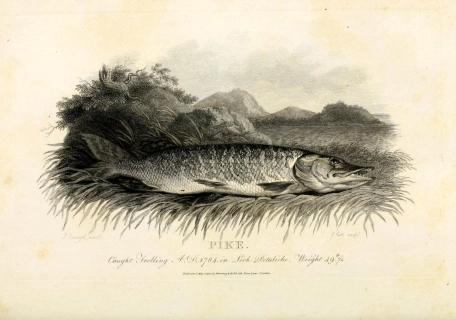
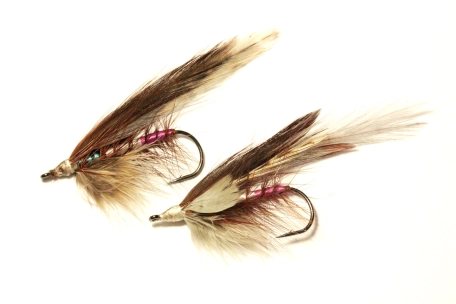
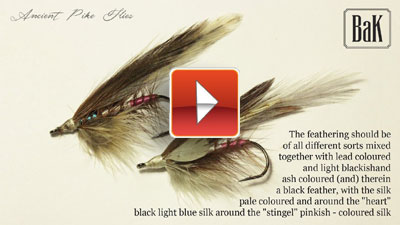
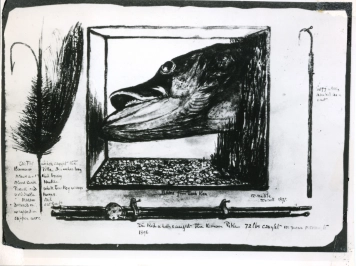
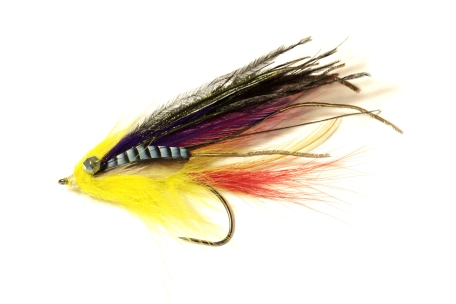
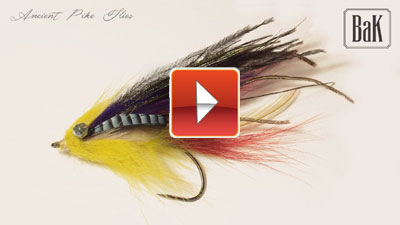
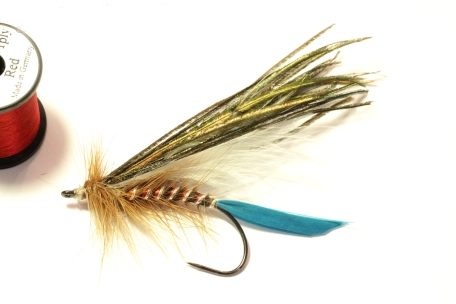
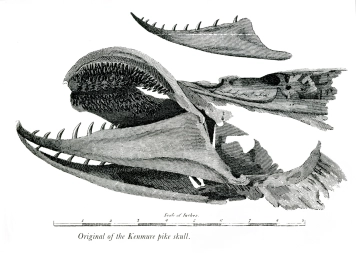
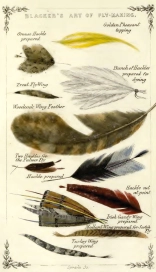
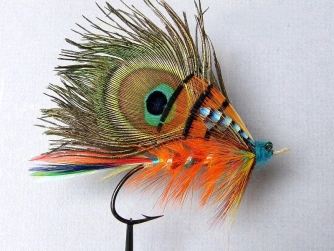
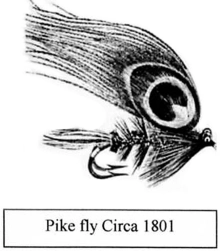
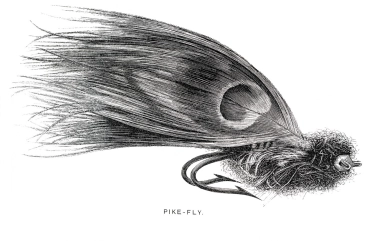
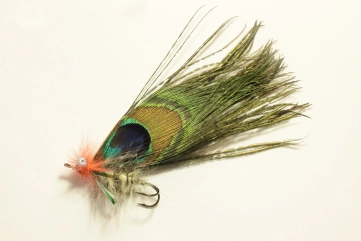
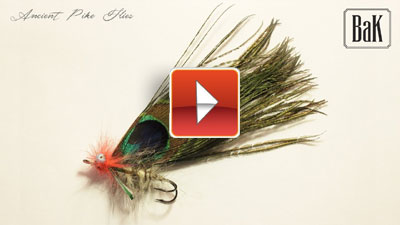
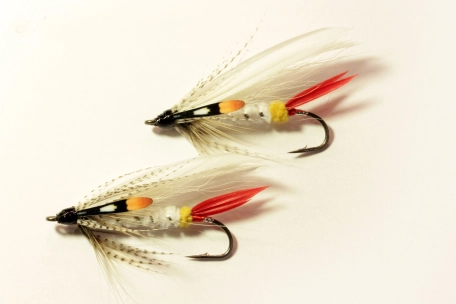
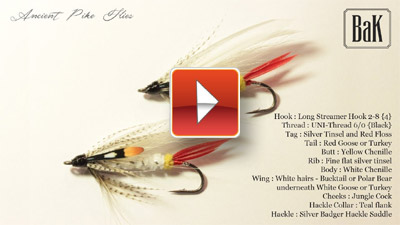
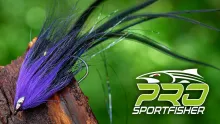
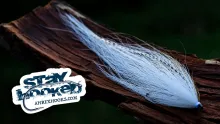
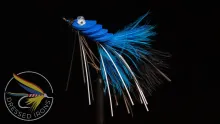
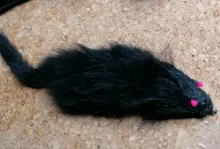

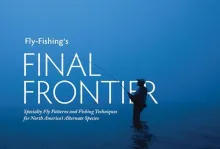

Article
Fantastic read thanks for all the hard work
TRY
I tried yesterday the one with peacock eyes, with a little but nice success http://flyfishingczechrepublic.cz/wp-content/uploads/2017/06/PIKE_1.jpg
THX
And thanks, Dave Mcfluffchucker! Was enjoyment for me too, so not hard work at all.. :)